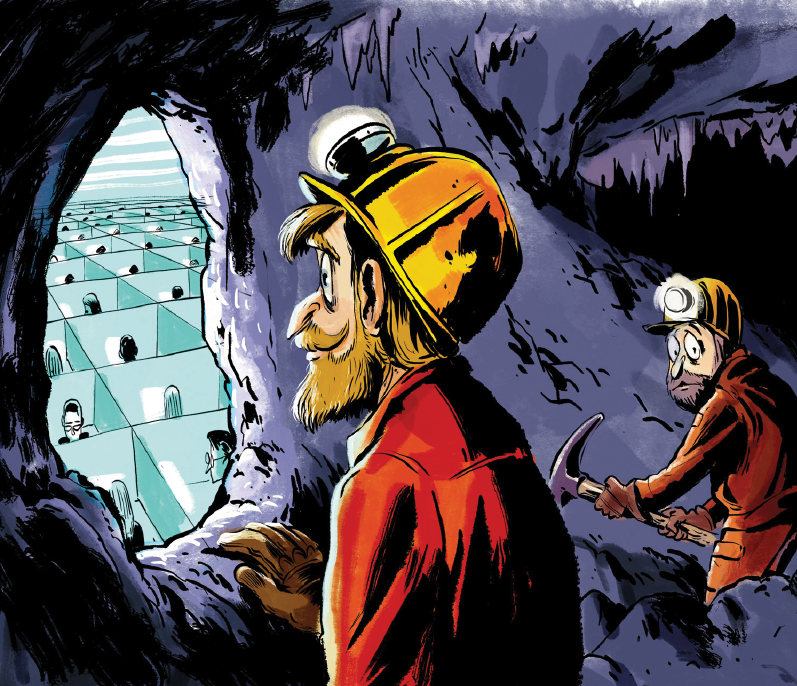Coding now a “blue collar” job? Evolution of the Ride
WHEN I ASK people to picture a coder, they usually imagine someone like Mark Zuckerberg: a hoodied college dropout who builds an app in a feverish 72-hour programming jag—with the goal of getting insanely rich and, as they say, “changing the world.” But this Silicon Valley stereotype isn’t even geographically accurate. The Valley employs only 8 percent of the nation’s coders. All the other millions? They’re more like Devon, a programmer I met who helps maintain a security-software service in Portland, Oregon. He isn’t going to get fabulously rich, but his job is stable and rewarding: It’s 40 hours a week, well paid, and intellectually challenging. “My dad was a blue-collar guy,” he tells me—and in many ways, Devon is too.
Source: The Next Big Blue-Collar Job Is Coding | WIRED
The realities of the middle class worker fall under our Rise & Fall of the Middle Class and Tooling & Retooling of America. Faced with manufacturing job elimination either through automation of off-shoring, for the past decade or more the blue collar worker has had to look into the service economy for employment, if they are so lucky to even find employment — an issue clearly reflected in the workforce participation rate which sits at 50-year lows.
Now a new crop of blue collar workers are emerging and they look nothing like the auto manufacturers or skilled laborers of the past — they’re tools are their fingers and their brains and the output is computer code. Not entirely surprising given that this new generation was literally raised on video games and computers — and not necessarily the sleek word of iPad apps, we’re talking raw code. And not the type of code that launched Facebook, Twitter or LinkedIn. It’s code that drives security systems, medical billing applications, payroll processing. The new “widgets” of the Connected Society.
It’s stimulating, pays well, and is in-demand, at least for now.




